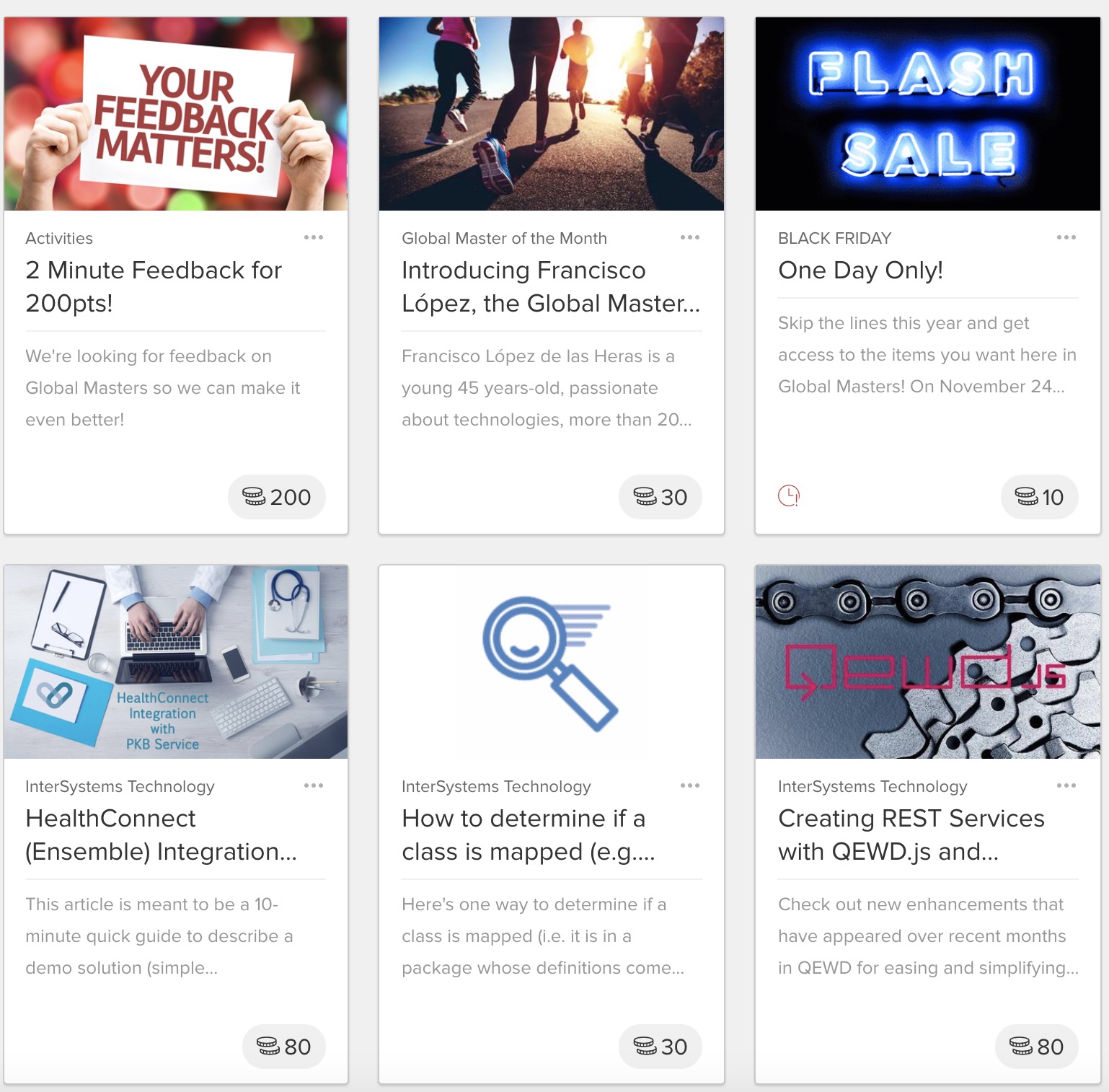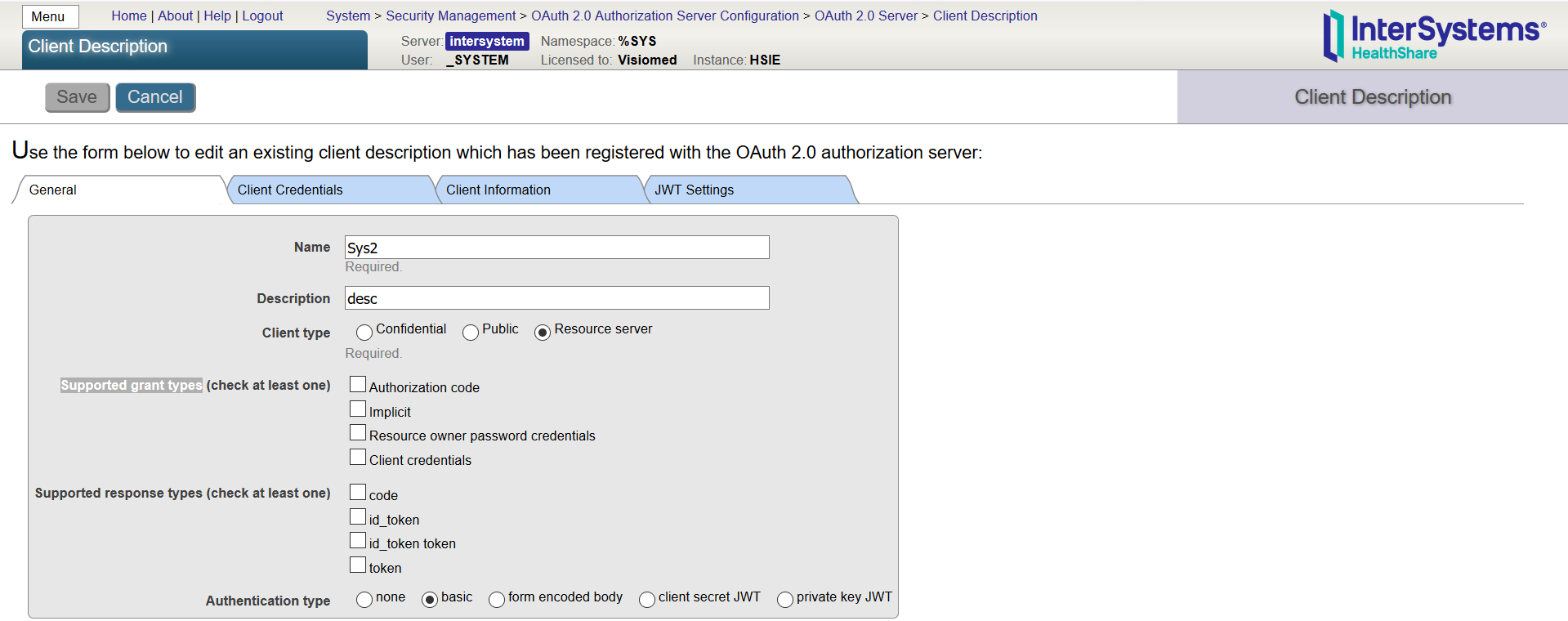Hello, I will. Cls file (including Chinese comments) directly into the ensemble studio, studio tips imported successfully through the udl file, but my Chinese comment does not display properly, how do I deal with? Thank you!
I am using a Windows 7 system, ensemble 2016, .cls file I am currently using UTF-8 encoding.



